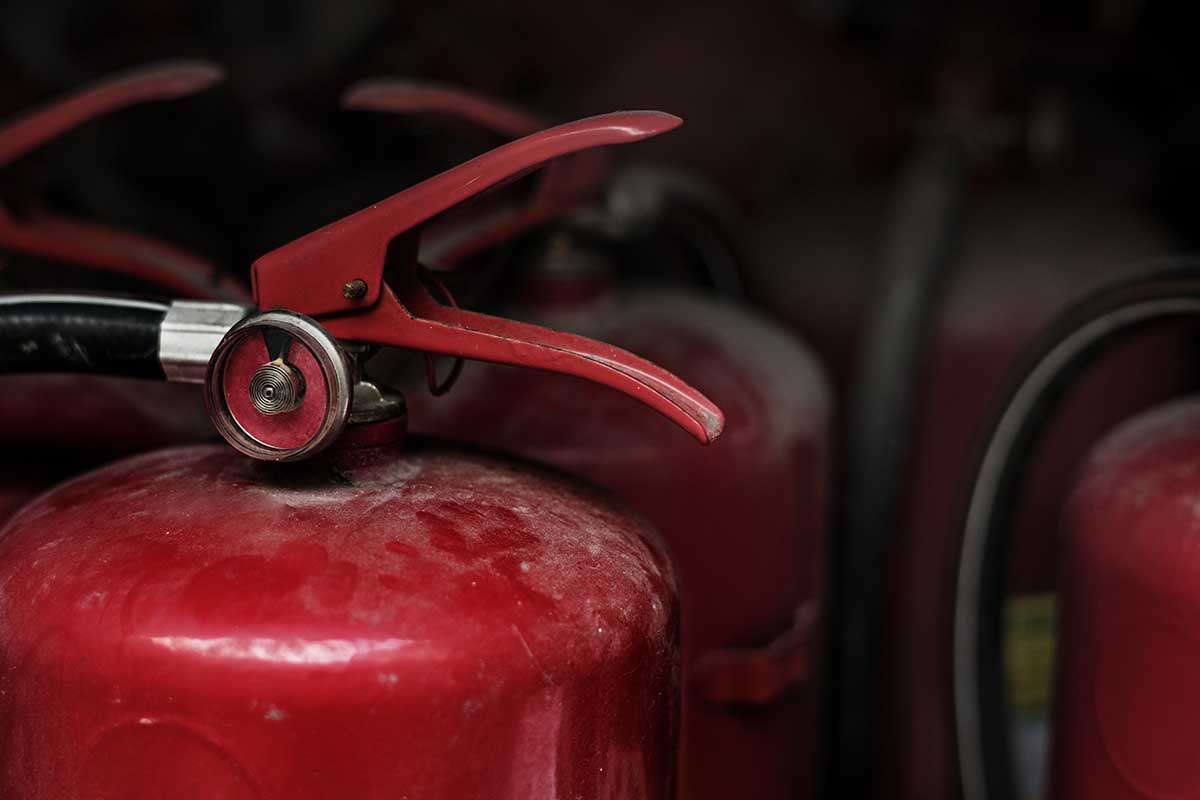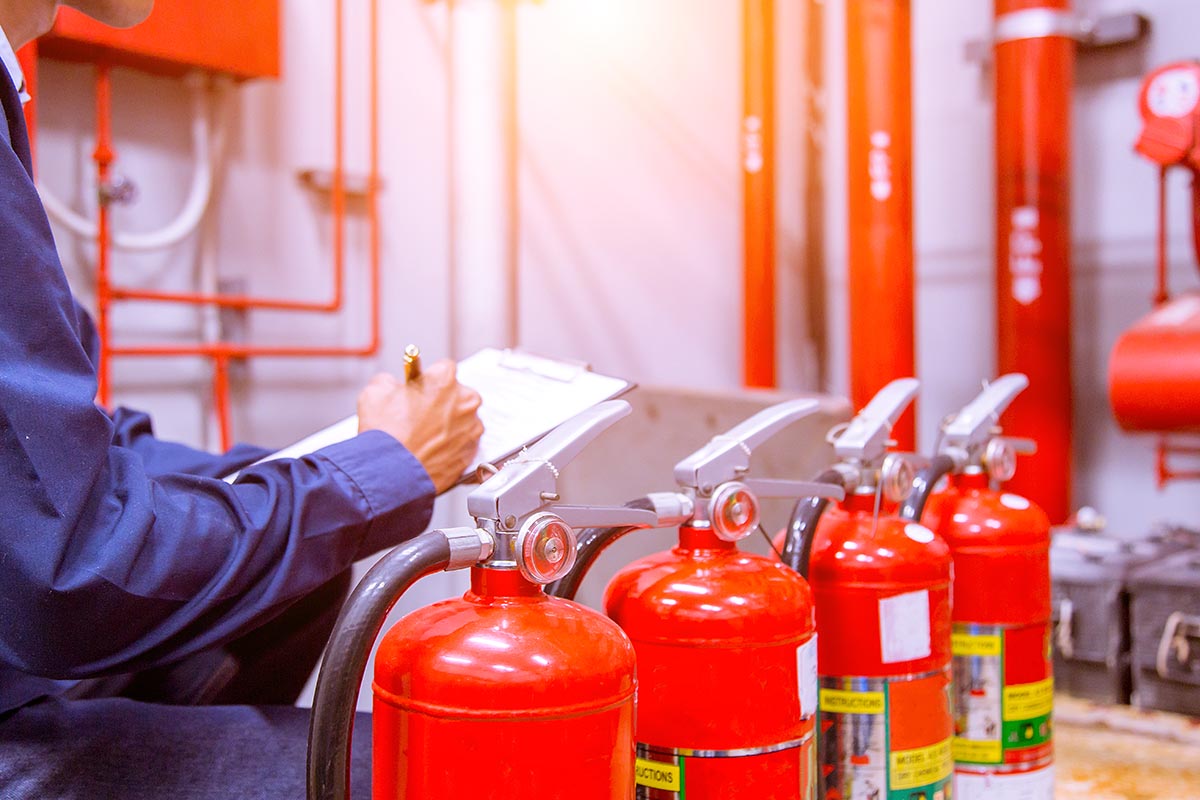Navigating NFPA Regulations For Fire Extinguisher Testing
In fire safety, one of the crucial tools we rely on is fire extinguishers. These devices serve as the first line of defense in a fire emergency in homes, businesses, and public spaces. Strict regulations exist for testing and maintaining fire extinguishers. This article will delve into NFPA (National Fire Protection Association) regulations and NFPA requirements for extinguishers.
Understanding The Importance Of Regular Fire Extinguisher Testing For Safety And Compliance
Fires are unpredictable and can strike at any moment, so a working fire extinguisher must be on hand. However, simply having one in your home or workplace is not enough. Regular fire extinguisher testing is paramount for safety and compliance reasons. Consistent testing ensures that the extinguisher will work when needed most and fully complies with local and national regulations.
Different Types Of Fire Extinguishers And Their Specific Testing Procedures
Fire safety is a top priority in any environment, whether it’s a home or a commercial building. Identifying the different fire extinguishers is crucial in ensuring the correct one is used for a specific fire. There are several fire extinguishers, each designed for different classes of fire. For instance, a Class A fire extinguisher is for ordinary combustibles such as wood, paper, and cloth.
A Class C fire extinguisher is for fire involving electrical equipment. These fire extinguishers undergo testing procedures that ensure they pass safety standards and provide effective fire suppression. It’s essential to remember that improper handling and use of a fire extinguisher can cause harm, so be sure to pay attention to any safety instructions.
The Frequency Of Testing Based On Location, Use, And Type Of Establishment
When it comes to fire safety, ensuring your fire extinguishers are up to code is essential. The National Fire Protection Association (NFPA) has very specific requirements for testing frequency based on the location, use, and type of establishment. Businesses in high-risk environments may require more frequent testing, while smaller offices may only need yearly inspections.
It’s important to follow these regulations and ensure that the appropriate type of fire extinguisher is installed for the specific hazard. By keeping up with NFPA fire extinguisher requirements, you can have peace of mind knowing that your fire extinguishers are in proper working order and can be relied upon in an emergency.
How To Properly Document And Keep Track Of Fire Extinguisher Testing For Regulatory Purposes
Proper documentation and record-keeping can make all the difference in fire safety. To ensure that your fire extinguishers are being tested and maintained according to regulatory standards, keeping detailed records of when each extinguisher was last tested, and the results are crucial.
This documentation can also help track trends and identify potential issues before they become significant Navigating NFPA Regulations For Fire Extinguisher Testing problems. But how do you go about documenting extinguisher testing?
The specifics can vary depending on your location and industry, but you’ll need to keep track of dates, who performed the testing, which extinguishers were tested, and whether they passed or failed. Utilizing a digital system instead of hand-written records can make the process smoother and less time-consuming. By prioritizing proper documentation, you’ll not only stay compliant with regulations, but you’ll also be promoting a safer workplace for everyone.
Conclusion
In summary, complying with NFPA regulations for fire extinguisher testing is a legal requirement and a crucial step toward promoting safety and preparedness in the face of potential fire emergencies. Understanding the various types of fire extinguishers, their specific testing procedures, and the frequency of testing based on location, use, and establishment type is central to this process.
Furthermore, maintaining detailed documentation and records of these tests aids regulatory compliance and helps identify potential issues early. In the end, the importance of these regulations cannot be overstated. They contribute to creating safer spaces, protecting lives and property, and fostering a culture of fire safety consciousness. Therefore, adherence to these guidelines should be a non-negotiable aspect of any fire safety strategy.




















